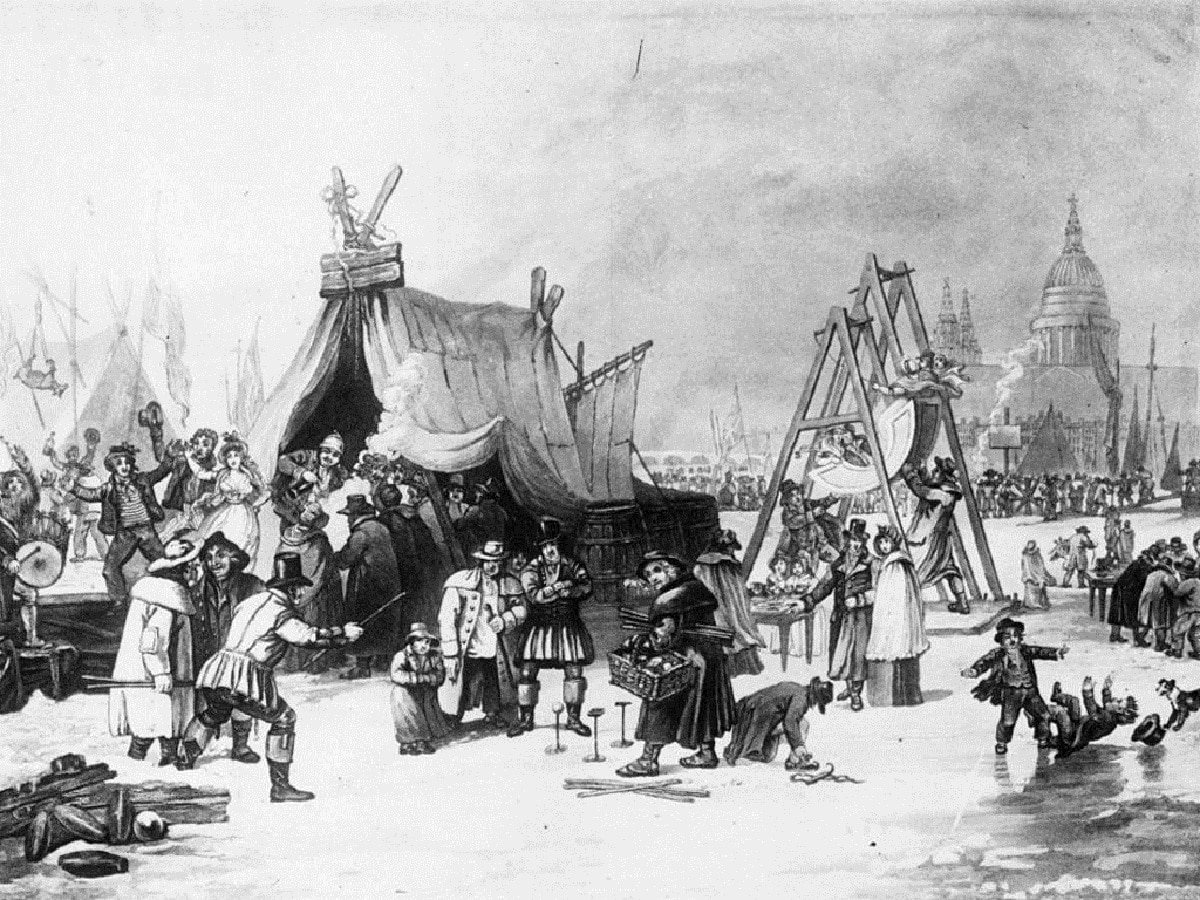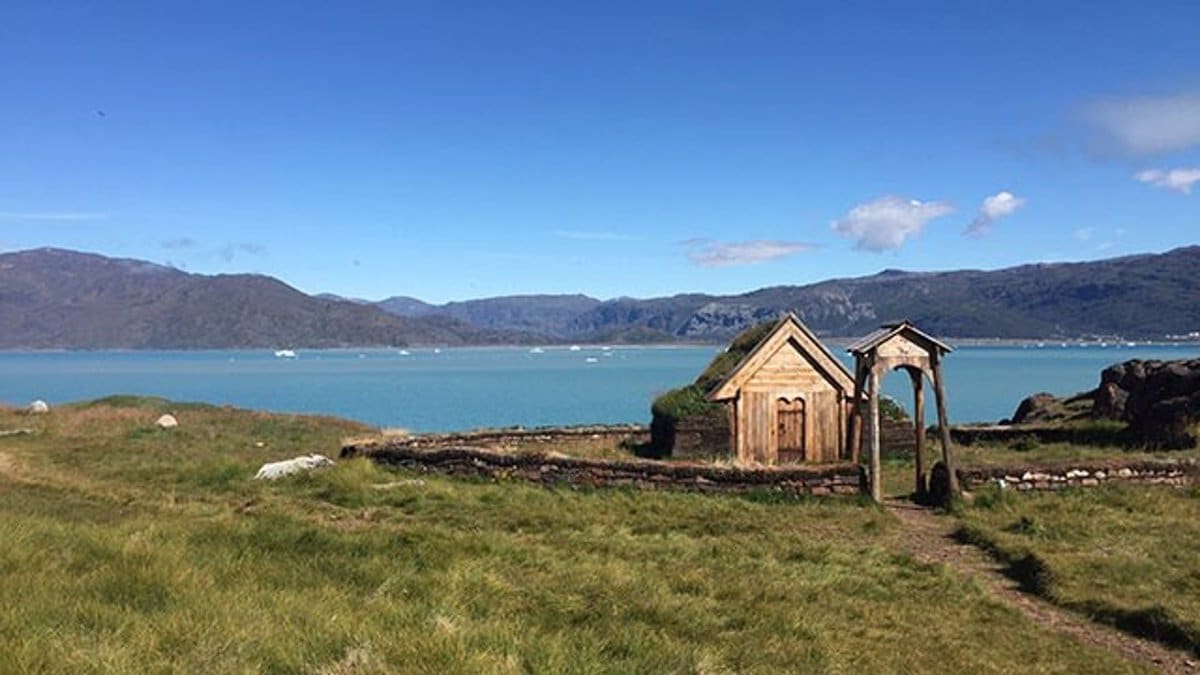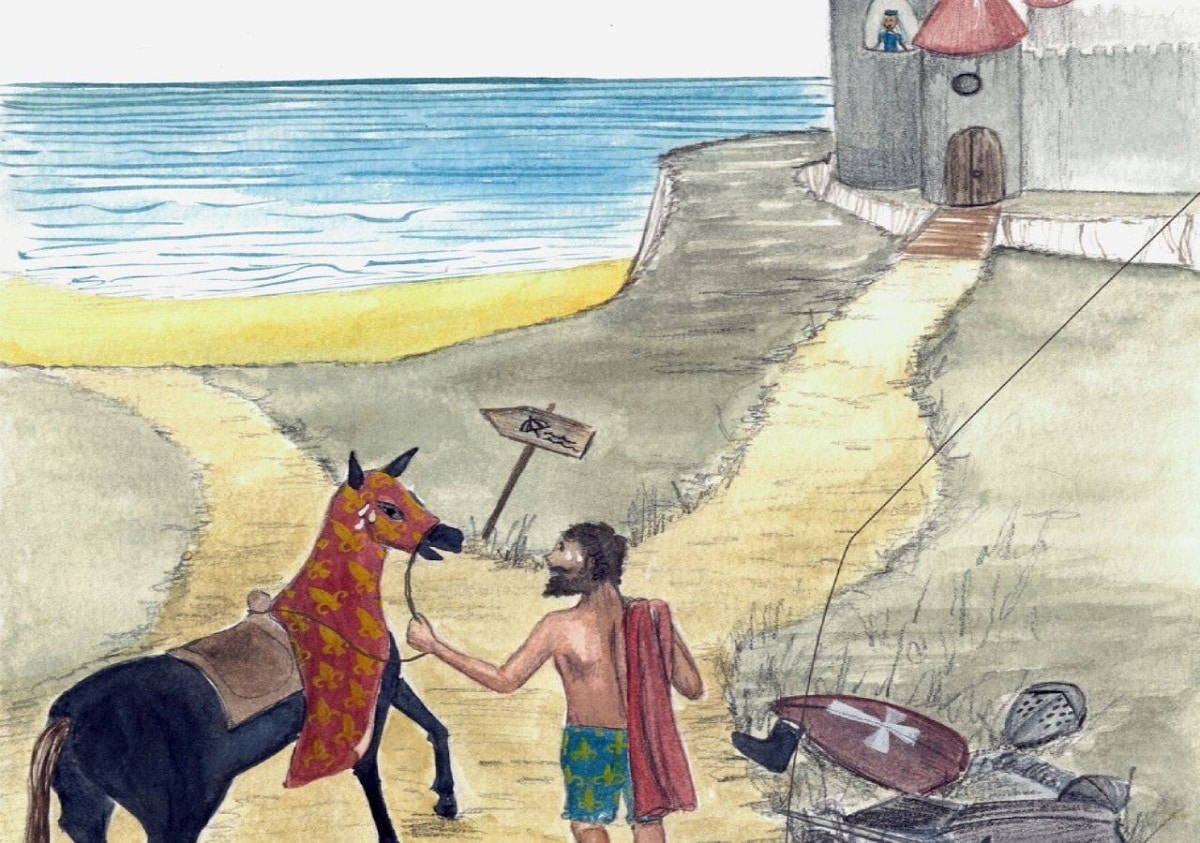
We know that because of global warming every year on our planet the average temperatures are increasing. For this reason, scientists have been recording throughout history through various studies which are the hot and cold periods that our planet has gone through. There is medieval warm period that helps us understand a little more how the atmosphere is behaving today.
In this article we are going to talk to you about the medieval warm period and what its characteristics are.
medieval warm period

The Medieval Warm Period seems to fit the bill. It's reminiscent of if natural global warming and all its effects happened in the past and humans didn't cause it, then maybe we're not responsible for it. It doesn't matter because if we survive in the past, we can certainly survive now. But it's not that simple.
This medieval warming period, also known as the Medieval Climate Anomaly, was associated with an unusually high temperature rise between about AD 750 and 1350 (European Middle Ages). The available evidence suggests that sometimes temperatures in some regions were warmer than those recorded between 1960 and 1990.
While primarily recorded in Europe, southwestern North America, and some tropical regions, the Medieval Warm Period affected both the northern and southern hemispheres. But the rise in temperature is not universal, it varies between different parts of the world and does not happen everywhere at the same time.
While the Northern Hemisphere, South America, China and Australasia, and even New Zealand, recorded temperatures between 0,3 and 1,0 °C warmer than in 1960-1990 in the early XNUMXth and late XNUMXth centuries, and much higher in other regions such as the eastern tropical Pacific.
Mechanisms of the medieval warm period

Medieval warm periods used to be a regional event. Their presence or absence reflects a redistribution of heat across the planet, suggesting factors other than the rise in global atmospheric greenhouse gases such as carbon dioxide. The most likely causes of regional temperature changes are related to changes in the El Niño-Southern Oscillation.
This recurring weather pattern of eastern tropical Pacific headwinds and sea surface temperatures affect climate and weather across much of the tropics and subtropics. It typically brings clouds and rain to the western tropical Pacific, making the eastern tropical Pacific relatively dry and cool.
During the warmer times of the Middle Ages, increased solar radiation and decreased volcanic eruptions created La Niña-like events that changed the usual pattern. Stronger trade winds pushed warmer waters toward Asia, resulting in a wetter Australasia, drought in the southern United States and South and Central America; and heavy rains and flooding in the Pacific Northwest and Canada.
Increased solar radiation has also altered the atmospheric pressure system in the North Atlantic (the North Atlantic Oscillation), bringing warmer winters and wetter conditions to much of northern Europe and the northeastern part of the North American continent. These conditions also affected winter weather in Greenland, North Africa, and North Asia.
Unequal consequences for people and the environment

For nearly 300 years, these new climatic conditions have transformed ecosystems and fundamentally altered human societies. As northern Europe warmed, agriculture spread and created a food surplus. At that moment, England was warm enough to host vineyardsAs Europe's central governments grew stronger, people no longer needed fortifications to protect their once-limited arable land, and many began looking for new land.
Similar agricultural expansions have occurred in parts of North America, but Central Asian farmers have also spread to northern Russia, Manchuria, the Amur Valley, and northern Japan. The beginning of the XNUMXth century marked the beginning of the conquest of Genghis Khan and the Mongol tribes from him.
As temperatures rose, Arctic land and sea ice shrank, new land became accessible, and the Vikings moved farther north than before. They ended up in "green" Greenland and Iceland where they settled (temporarily).
The last written record of Norwegian Greenlanders comes from an Icelandic wedding in 1408, which was later recorded at Hvalsey Church in Iceland, the best preserved site in Norway.
populations
These long journeys also take place in the southern hemisphere. The Medieval Warm Period coincided with the settlement of New Zealand and the development of new trade routes in the Pacific Rim.
The warm conditions of this period brought many benefits to the planet's plant and animal life, but in other parts of the world people's lives were made worse by severe droughts. Parts of Western America and the great Mayan cities of Central America were hit by massive droughts, and Andean civilization withered in the face of the emptying of Lake Titicaca and freshwater runoff into coastal valleys.
Small scattered communities in the Pacific basin were forced to merge into larger and more complex societies concentrated along the coast. They collect shellfish and complement it with new agricultural products (construction of canals and submerged gardens, agricultural terraces in steep areas and irrigation of lowland crops).
In contrast, La Niña brings strong monsoonal air to dry regions of northern, central and western Australia, increasing flooding and storm surge, possibly disrupting hunter-gatherer settlement patterns in these regions.
The fact that some parts of the world actually prospered during the Medieval Warm Period provides arguments for the positions of global warming skeptics. But there are two fundamental differences that make the Medieval Warm Period different from what we experience now.
The baseline used today for compare temperatures with the Medieval Warm Period is 1960-1990. While some regions have met or exceeded this baseline, on global average the planet is still colder than it is today.
I hope that with this information you can learn more about the medieval warm period and its characteristics.